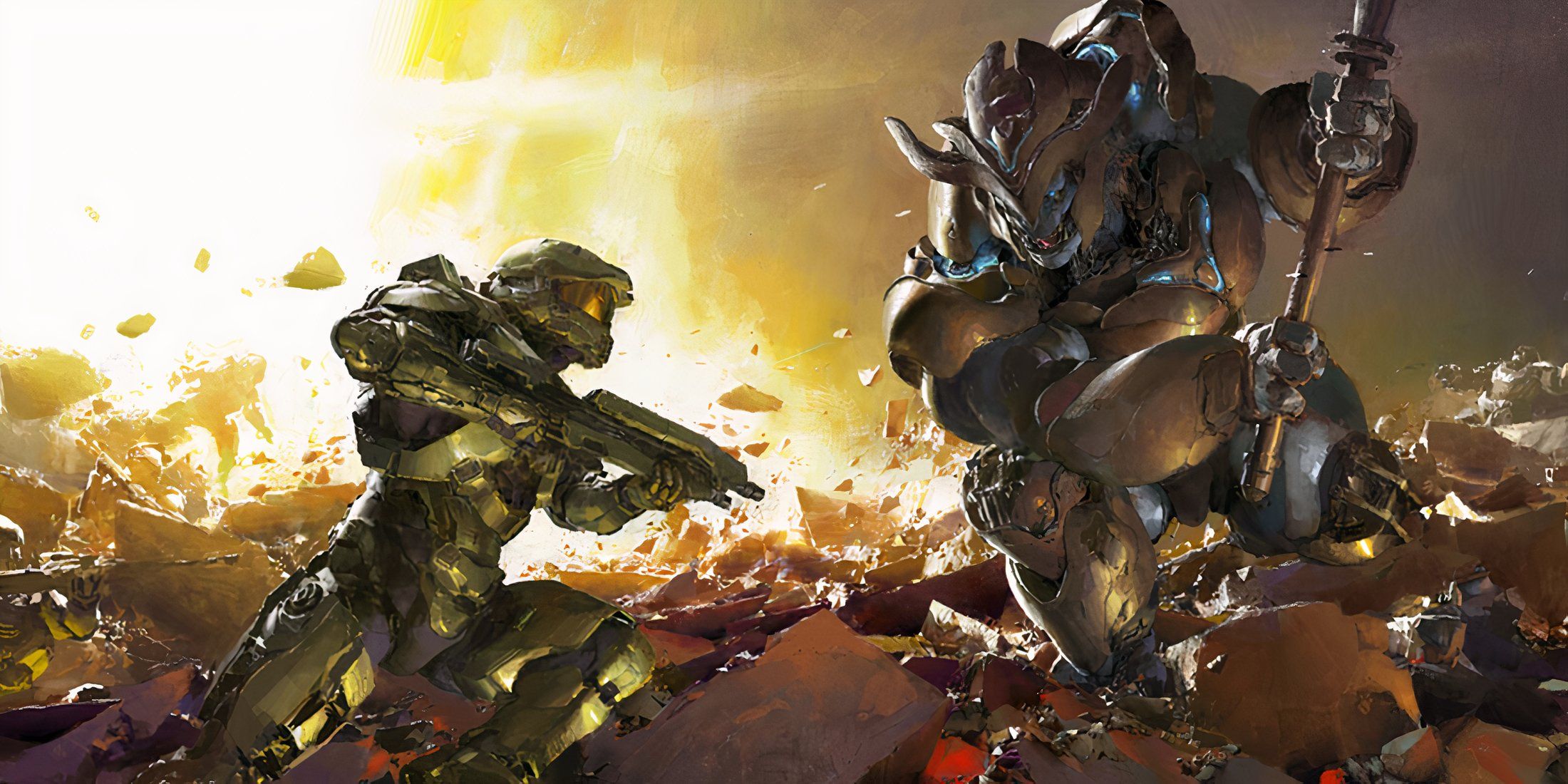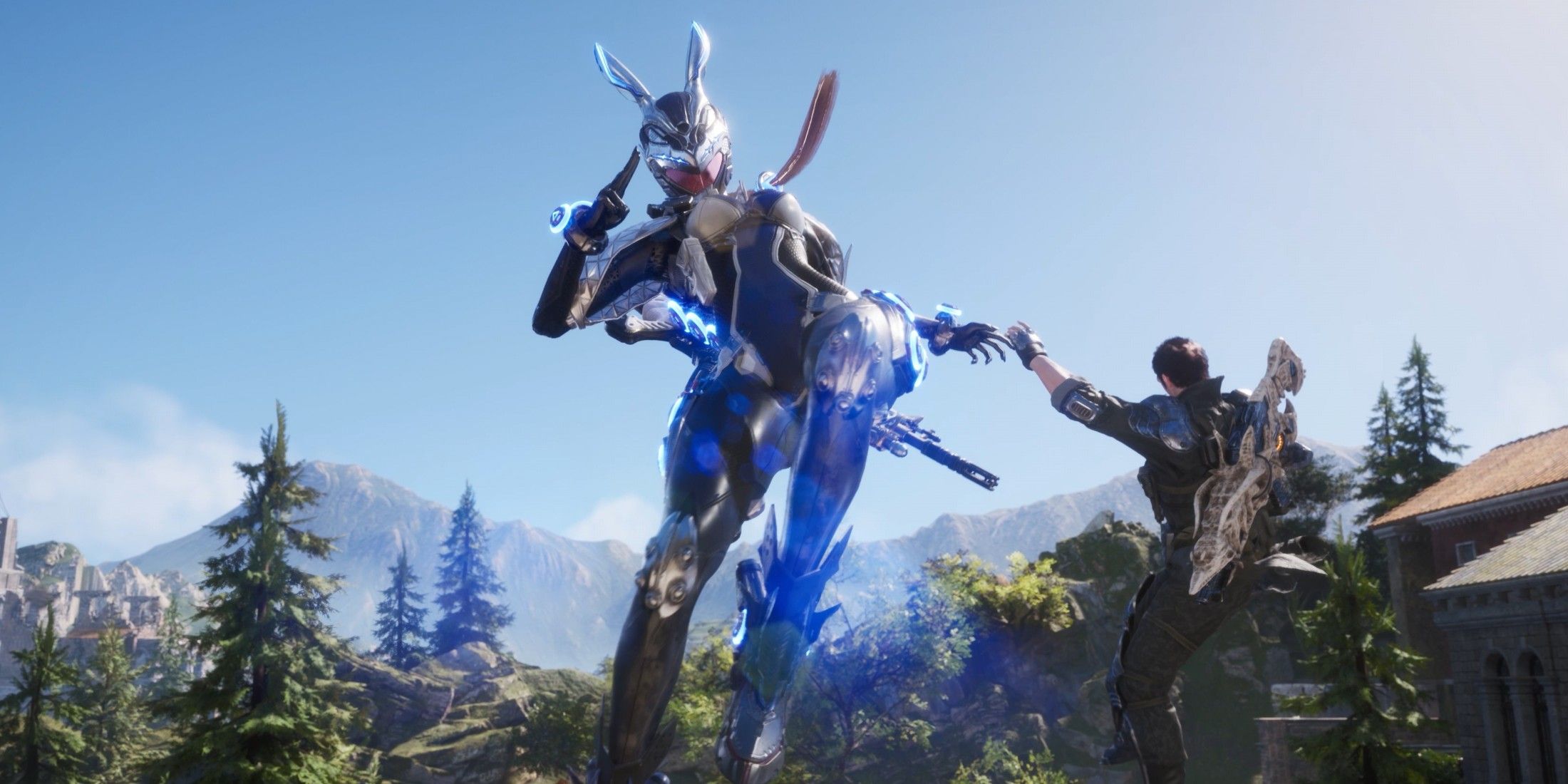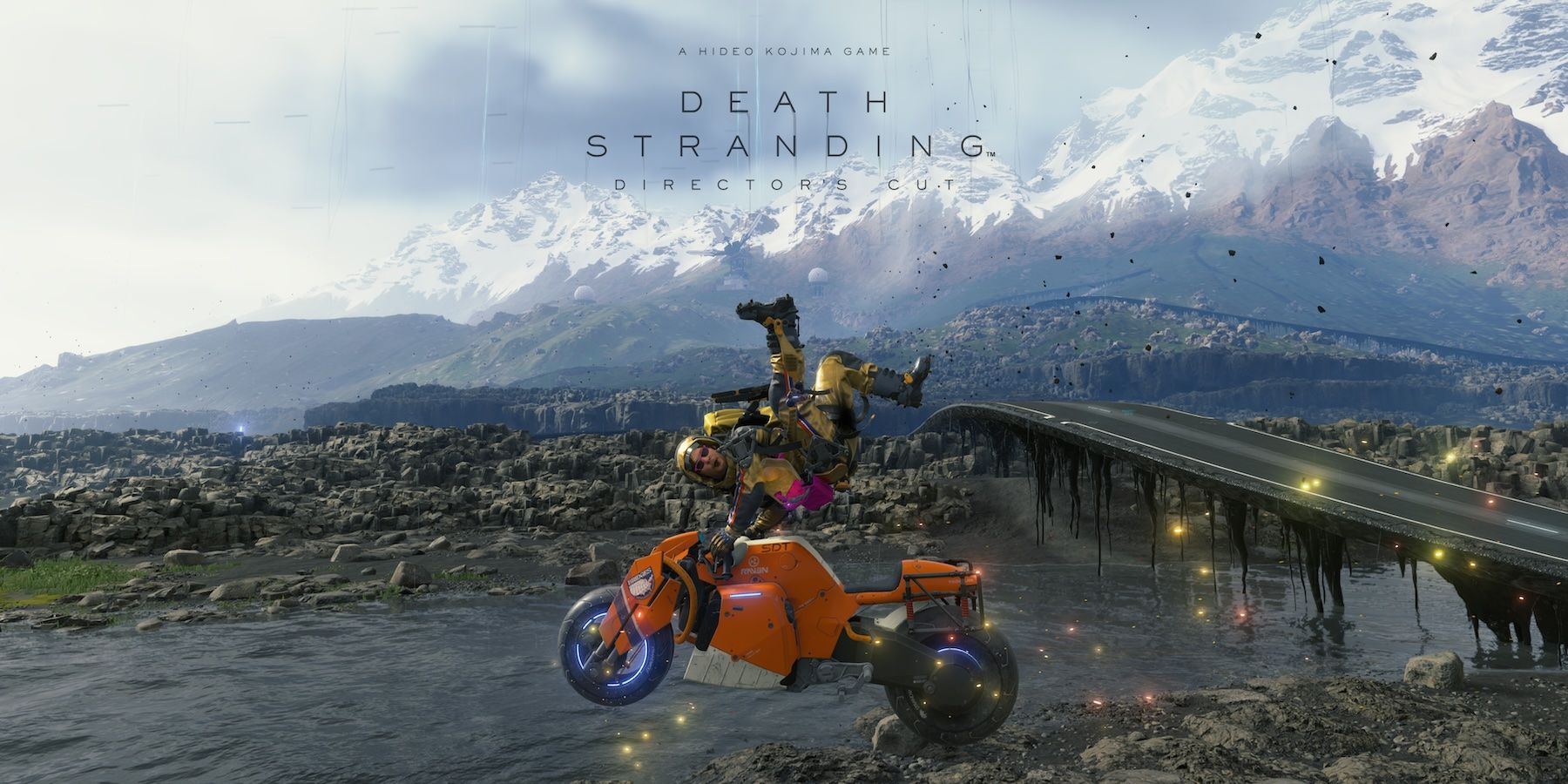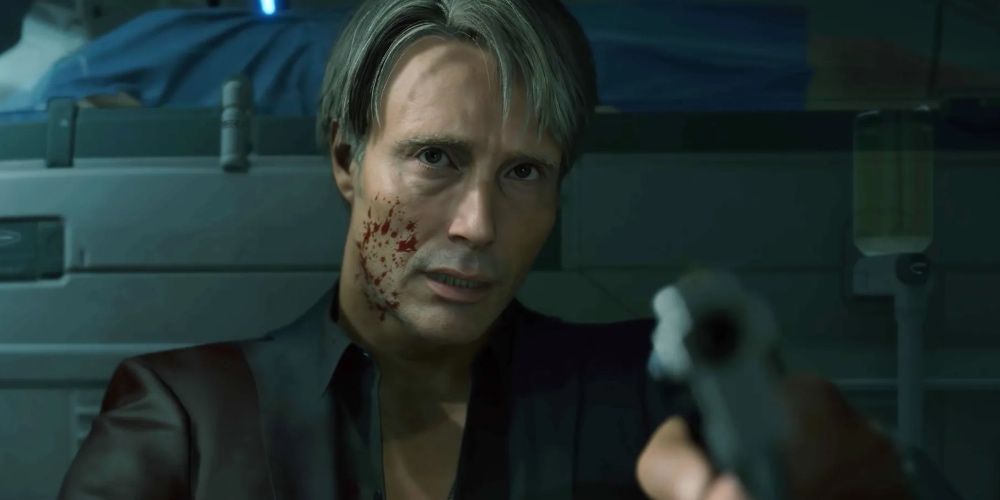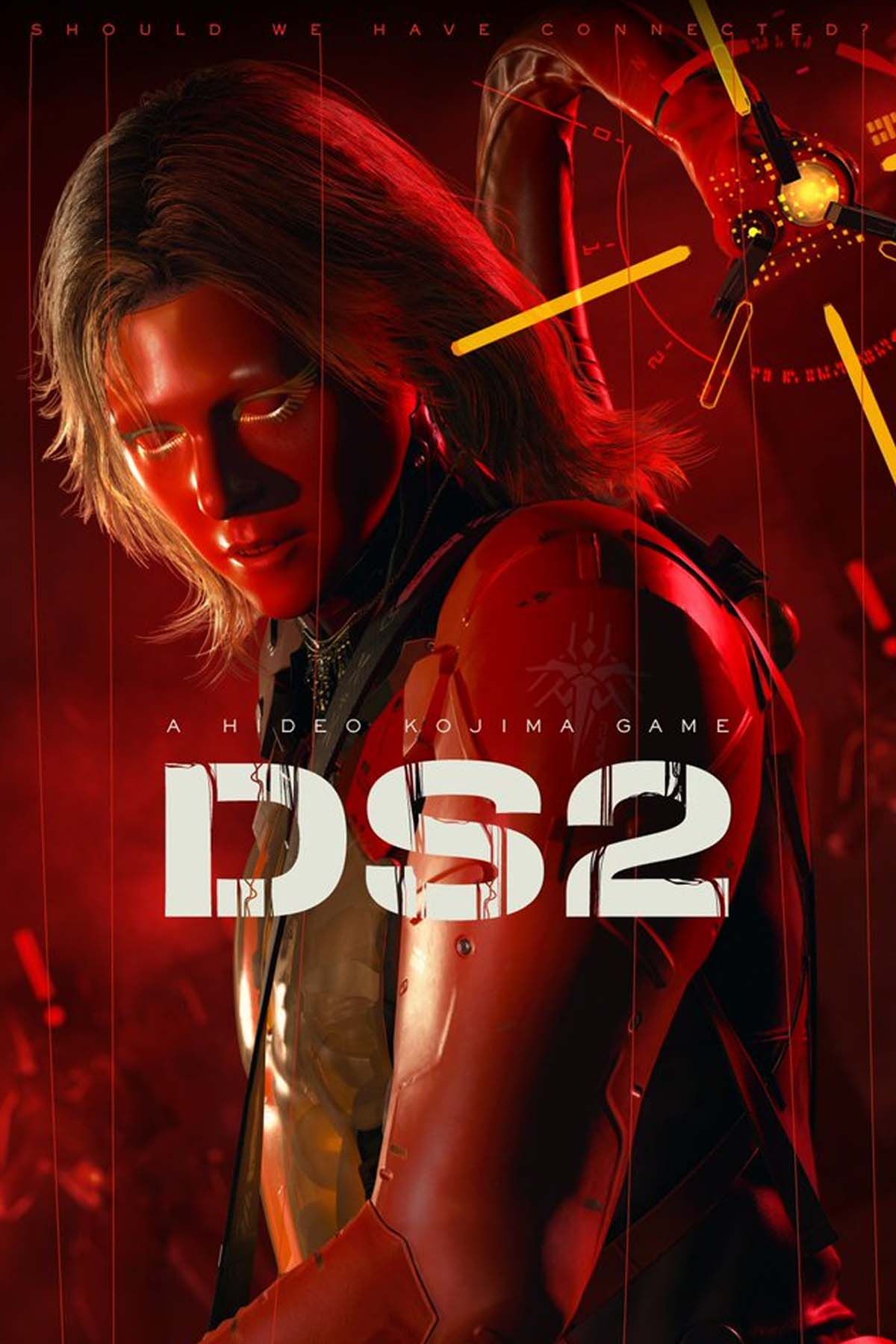Highlights
- Death Stranding's unique multiplayer elements rely on an active player base to build connections and structures.
- The game's future is uncertain as player migration to future sequels may leave it deserted.
- Despite potential challenges, a loyal fan base could sustain the multiplayer aspect and preserve the game's unique experience.
Death Stranding is a unique game by Hideo Kojima that breaks conventions and attempts to re-imagine how players can interact. It's a single-player game at its core, but it implements multiplayer elements as part of its theme of building connections. Consequently, players work together to build structures that link different parts of the United Cities of America.
Since its launch, plenty of bridges have been built, ziplines erected and safehouses constructed. However, all of this requires an active user base. Though Death Stranding found commercial success, no game retains its entire player base forever. Because of this, Kojima's game could have a sad future.
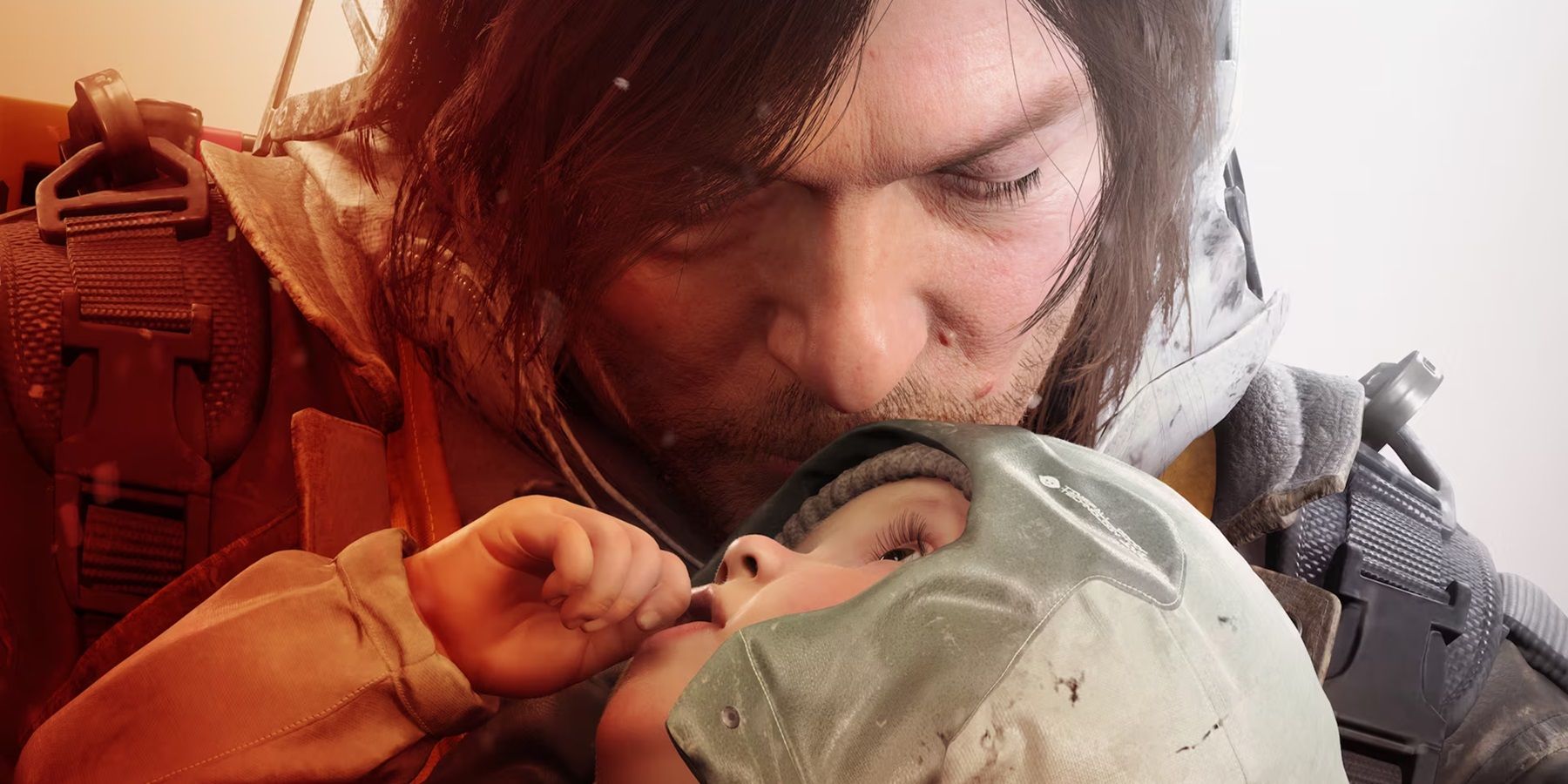
Hideo Kojima Confirms 1 Major Character Who Is Not Returning for Death Stranding 2
Hideo Kojima confirms that one major character from the original game will not be appearing in Death Stranding 2: On the Beach.
How Death Stranding's Strand System Works
Death Stranding centers on Sam Bridges, tasked with connecting the fragmented United Cities of America. To do this, he has to make deliveries to isolated individuals all over the map. The terrain is the main enemy, and players have to take into account the weight and size of Sam's load, as well as the kind of terrain he'll be facing. It sounds simple at first, but it quickly turns into a challenging endeavor once he encounters rough mountains and sparkling streams that threaten to wash away his cargo.
To help, Sam can use tools such as ropes, and construct creations such as bridges. It takes a lot of resources to do so, but fortunately, players from around the world can work together and contribute whatever is necessary. Sometimes, Sam is lucky enough to encounter structures that already cover the obstacles he's facing. This forms the basis of Death Stranding's strand system.
Is Death Stranding a New Genre?
There's no denying that Death Stranding is a unique game that involves innovative mechanics. However, it is not the first game that is primarily single-player with some multiplayer elements sprinkled in. Most famously, the Dark Souls games allow for one player to enter another's game to help them defeat a particularly tricky enemy. Deathloop has invasions that work similarly.
The Future of Death Stranding's Strand System
The strand system is contingent on Death Stranding having an active player base. If nobody is playing the post-apocalyptic game anymore, there's nobody to build structures and contribute resources. Possibly, years from now, playing the game online will be no different from playing it offline with no players to help. This could happen sooner than later as players migrate to the sequel which is set to launch in 2025.
Is There any Hope for Death Stranding's MultiPlayer features?
Of course, this isn't the only possible future the game could face. It is possible that a loyal set of users will remain playing the game, building structures, and doing their best to keep the United Cities of America connected. This is the best situation Death Stranding could hope for, but it requires a dedicated fan base.
Death Stranding dares to be different and take risks, which isn't unexpected from Kojima. The release of Death Stranding 2 might leave its predecessor a little emptier, but that doesn't spell the end of the multiplayer aspects of the game. Time will tell whether the United Cities of America will remain connected or if it will find itself a desolate landscape.

